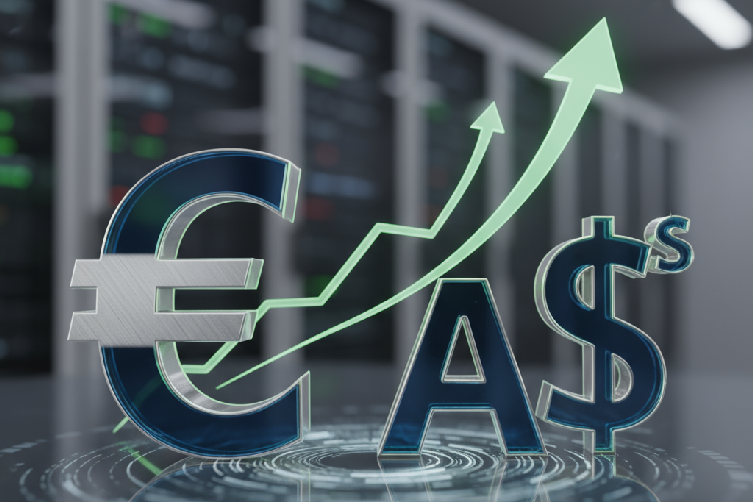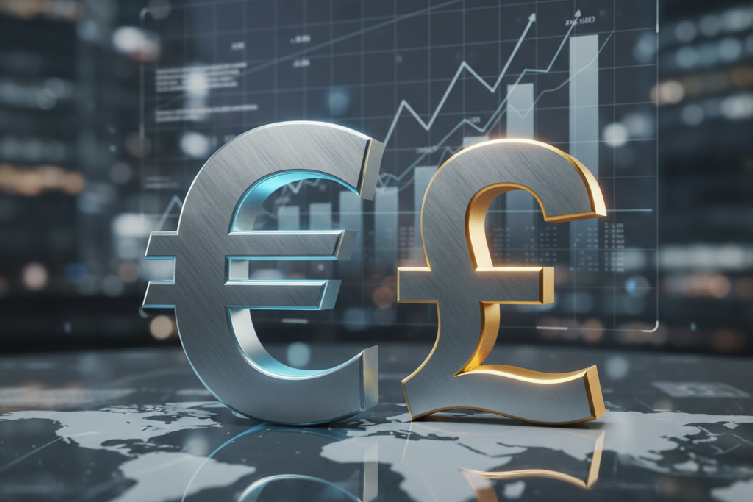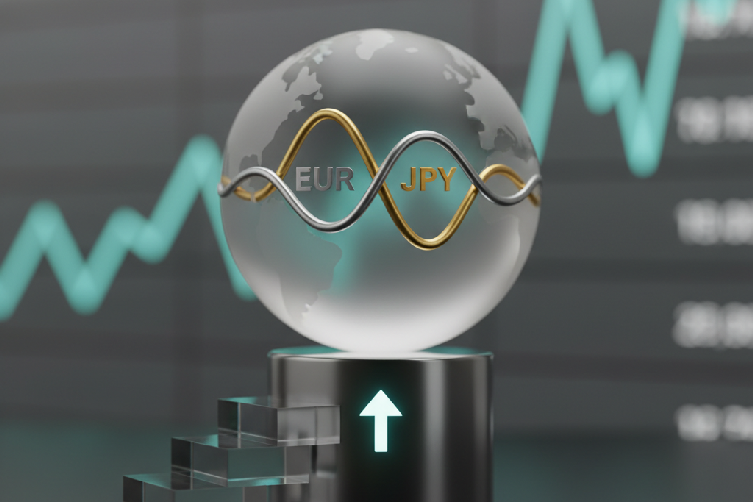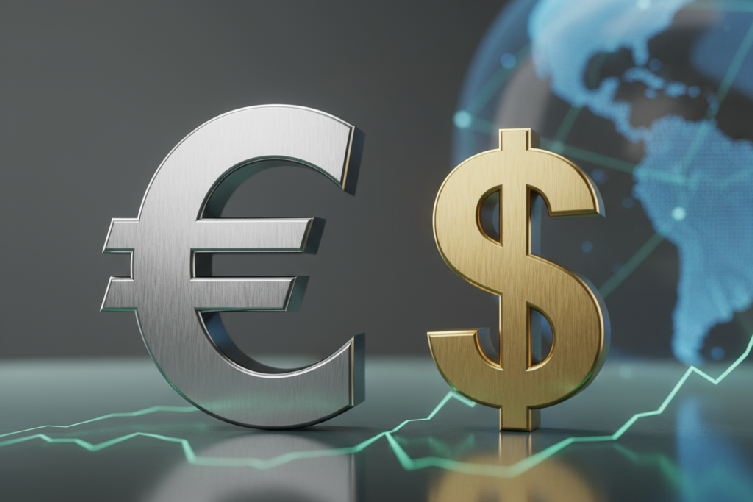What is cTrader? The Ultimate Guide for Traders

Imagine a trading platform that doesn’t just meet your needs but actively surpasses your expectations. cTrader is that platform—a true game-changer for Forex and CFD traders looking for an edge.
Developed by Spotware Systems, cTrader provides a top-tier, multi-asset trading environment. It stands out with a slick interface, powerful charting capabilities, and seamless access across desktop, web, and mobile devices. In a market where every millisecond counts, cTrader’s solid infrastructure ensures your trades are executed with lightning speed and precision.
This guide will walk you through everything cTrader offers. We’ll explore its standout features, see how it stacks up against the popular MetaTrader, and give you the insights needed to make an informed choice. Whether you’re a pro or just starting out, let’s dive in and see why so many traders are choosing cTrader.
Key Features of cTrader
To truly appreciate cTrader, you need to understand its core features. Each tool is built to empower traders and help them succeed in a fast-paced, competitive market.
User-Friendly Interface & Advanced Charting
cTrader’s interface is designed for traders of all skill levels. Its clean, modern look allows you to navigate complex features effortlessly, so you can focus on what matters most: making smart trading decisions.
At the heart of the platform are its advanced charting tools. cTrader offers a wide range of technical indicators, drawing tools, and customizable charts to help you analyze market trends with pinpoint accuracy. Key tools include:
- Fibonacci retracements
- Pivot points
- Moving averages
- Market Orders
- Limit Orders
- Stop Orders
- Stop-Limit Orders
You can also set up multiple chart layouts and save your personalized templates, creating an analysis environment perfectly tailored to your strategy.
Diverse Order Types and Execution
Flexibility in order execution is vital for any successful trading strategy, and this is where cTrader shines. The platform supports a wide variety of order types to help you manage your trades efficiently.

Supported order types include:
Furthermore, cTrader provides ECN (Electronic Communication Network) execution. This ensures your trades are filled with minimal slippage and at highly competitive spreads, which is a major advantage for high-frequency traders who depend on speed and precision.
Algorithmic Trading with cTrader Automate
Ready to put your strategies on autopilot? cTrader’s powerful algorithmic trading feature, cTrader Automate (formerly known as cAlgo), lets you do just that.
Using the C# programming language, you can develop, test, and deploy automated trading bots and custom indicators. The platform allows you to backtest your strategies against historical data, helping you refine your approach for better results. Even with limited coding experience, you can harness the power of automation to trade with greater efficiency and consistency.
cTrader Copy: Embrace Social Trading
Social trading is changing how people approach the markets, and cTrader integrates it seamlessly through cTrader Copy. This feature allows you to find, follow, and copy the strategies of successful traders from around the world.
By tapping into the collective wisdom of the trading community, even beginners can benefit from the expertise of seasoned professionals. cTrader Copy promotes a collaborative environment where you can diversify your portfolio by copying multiple traders, helping you spread risk and enhance potential returns.
Depth of Market (DOM) Insights
Gain a deeper understanding of market dynamics with cTrader’s Depth of Market (DOM) feature. This tool provides a transparent view of market liquidity and order flow by showing the full range of executable prices coming directly from liquidity providers.
With DOM, traders can see the supply and demand for an asset at different price levels, allowing for more precise entries and better-informed trading decisions. This level of transparency is invaluable for assessing market sentiment and executing large orders effectively.
In conclusion, cTrader presents a comprehensive and powerful trading solution designed for the modern trader. From its intuitive design and advanced analytical tools to its innovative social and automated trading capabilities, the platform provides everything you need to enhance your performance and navigate the financial markets with confidence.

















